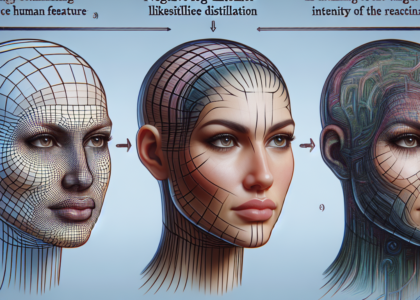Authors: Abid Hasan Zim, Aquib Iqbal, Zaid Al-Huda, Asad Malik, Minoru Kuribayash
Abstract: Crack detection, particularly from pavement images, presents a formidable
challenge in the domain of computer vision due to several inherent complexities
such as intensity inhomogeneity, intricate topologies, low contrast, and noisy
backgrounds. Automated crack detection is crucial for maintaining the
structural integrity of essential infrastructures, including buildings,
pavements, and bridges. Existing lightweight methods often face challenges
including computational inefficiency, complex crack patterns, and difficult
backgrounds, leading to inaccurate detection and impracticality for real-world
applications. To address these limitations, we propose EfficientCrackNet, a
lightweight hybrid model combining Convolutional Neural Networks (CNNs) and
transformers for precise crack segmentation. EfficientCrackNet integrates
depthwise separable convolutions (DSC) layers and MobileViT block to capture
both global and local features. The model employs an Edge Extraction Method
(EEM) and for efficient crack edge detection without pretraining, and
Ultra-Lightweight Subspace Attention Module (ULSAM) to enhance feature
extraction. Extensive experiments on three benchmark datasets Crack500,
DeepCrack, and GAPs384 demonstrate that EfficientCrackNet achieves superior
performance compared to existing lightweight models, while requiring only 0.26M
parameters, and 0.483 FLOPs (G). The proposed model offers an optimal balance
between accuracy and computational efficiency, outperforming state-of-the-art
lightweight models, and providing a robust and adaptable solution for
real-world crack segmentation.
Source: http://arxiv.org/abs/2409.18099v1





